The Effective Provision of Pre-school, Primary and Secondary Education (EPPE) study investigated the effects of children's home life (known as the Home Learning Environment or HLE) and pre-school experiences on 3,000 children in England from the age of 3 through to 18. The children were from a range of family backgrounds, with a variety of pre-school/ Early Years setting experiences, including day nurseries, nursery classes, pre-schools/playgroups and no pre-school-setting experience.
When the study reported at the end of Key Stage 1, when the children were 7, it found that attending some kind of pre-school setting, particularly of a higher quality (though it didn't matter if full or part-time), had a positive effect on children's development. The study also found that:
'What parents and carers do makes a real difference to young children’s development. The EPPE project developed an index to measure the quality of the home learning environment (HLE). There are a range of activities that parents undertake with pre-school children which have a positive effect on their development. For example, reading with the child, teaching songs and nursery rhymes, painting and drawing, playing with letters and numbers, visiting the library, teaching the alphabet and numbers, taking children on visits and creating regular opportunities for them to play with their friends at home, were all associated with higher intellectual and social/behavioural scores. [This became known as the EY-HLE index.] These activities could also be viewed as ‘protective’ factors in reducing the incidence of SEN because children whose parents engaged regularly in home learning activities were less likely to be at risk for special educational needs. The home learning environment was only moderately associated with parents’ educational or occupational level and was more strongly associated with children’s intellectual and social development than either parental education or occupation. In other words what parents do with their children is more important than who parents are. Poor mothers with few qualifications can improve their children’s progress and give them a better start at school by engaging in activities at home that engage and stretch the child’s mind.' (Sylva et al, 2004, p. v) 'For this reason pre-school and school settings that do not include parent support and education are missing an important element in raising achievement and enhancing social and behavioural development.' (ibid p57)
A parallel study took place with 850 3 - 8 year old children in Northern Ireland (Effective Pre-school Provision in Northern Ireland: EPPNI), and showed similar results.
By the end of Year 6 in Key Stage 2 (age 11) EPPE found that:
'The Early years home learning environment (HLE) is still one of the most important predictors of later attainment in English and Mathematics in Year 6 as well as ‘Self-regulation’. Experiencing a better early years HLE shows a significant positive long term impact after controlling for other influences such as parents’ qualification levels, family socio-economic status and income.' (p4, Sammons et al, 2008)
The study found that when students were 16 years old, two of the main influences on their GCSE attainment were: having attended pre-school and their early years Home Learning Environment (Sylva et al, 2014). Even when the students were 18 years old, 'the early years Home Learning Environment shows a continued effect on overall A-level attainment'. (Sammons et al, 2015)
References
Sylva, K., Melhuish, E., Sammons, P., Siraj-Blatchford, I. and Taggart, B. (2004) Technical Paper 12, The final Report: effective pre-school education. London, DfES Publications and Institute of Education
Sammons P, Sylva K, Melhuish E, Siraj-Blatchford I, Taggart B, Hunt S, Jelicic H (2008) Influences on children's cognitive and social development in year 6 , DCSF-RB048-049
Sylva, K., Melhuish, E., Sammons, P., Siraj-Blatchford, I. and Taggart, B. (2014) Effective Pre-School, Primary and Secondary Education Project (EPPSE 3–16), Influences on student’s development at age 16. Ref: ISBN 978-1-78105-402-4, DFE-RR354
Sammons P, Katalin T, Sylva K, Melhuish E, Siraj I & Taggart B (2015) Pre-school and home learning effects on A-level outcomes: Effective Pre-school, Primary & Secondary Education Project (EPPSE) University of Oxford, DfE RR472A


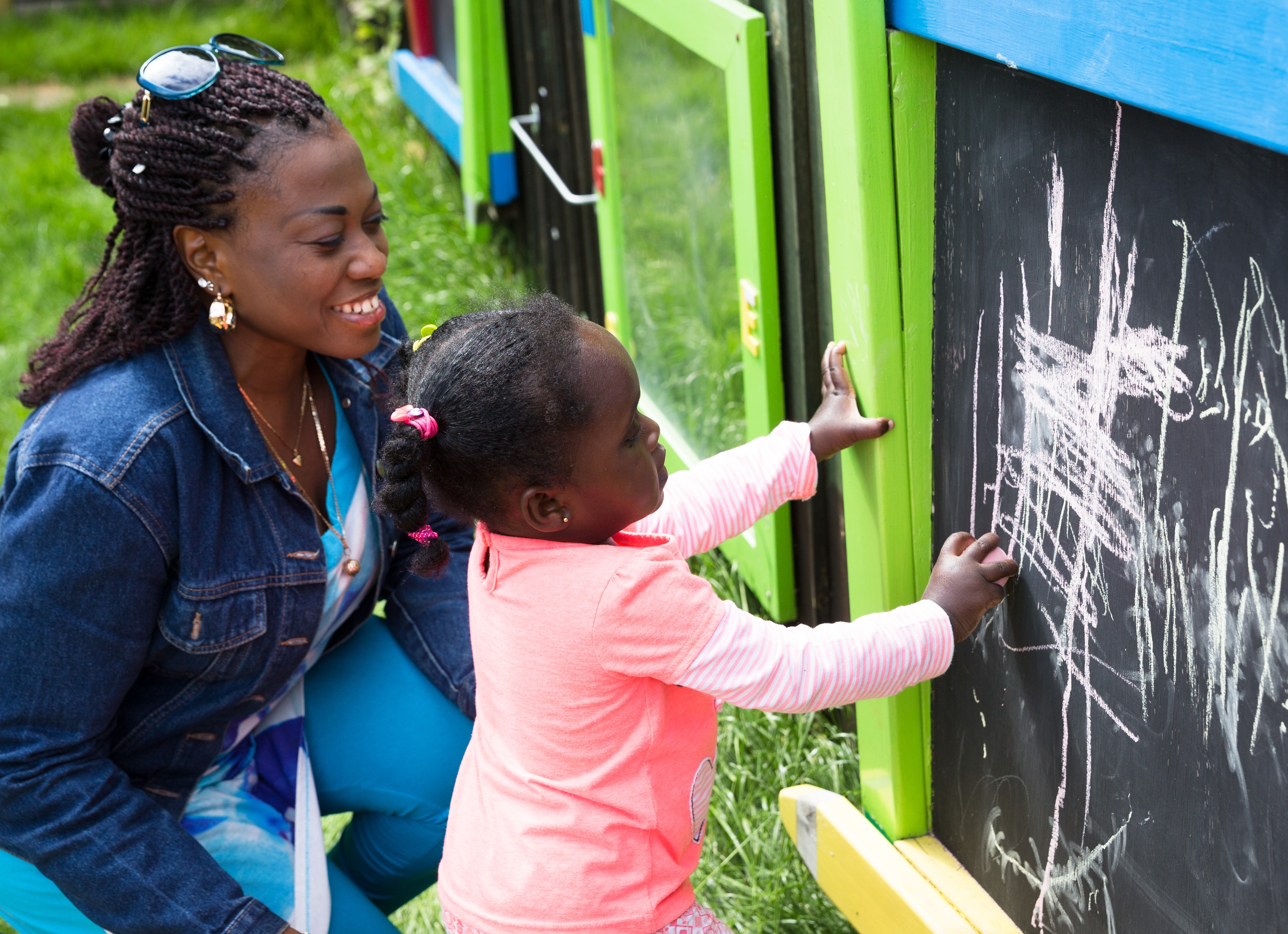
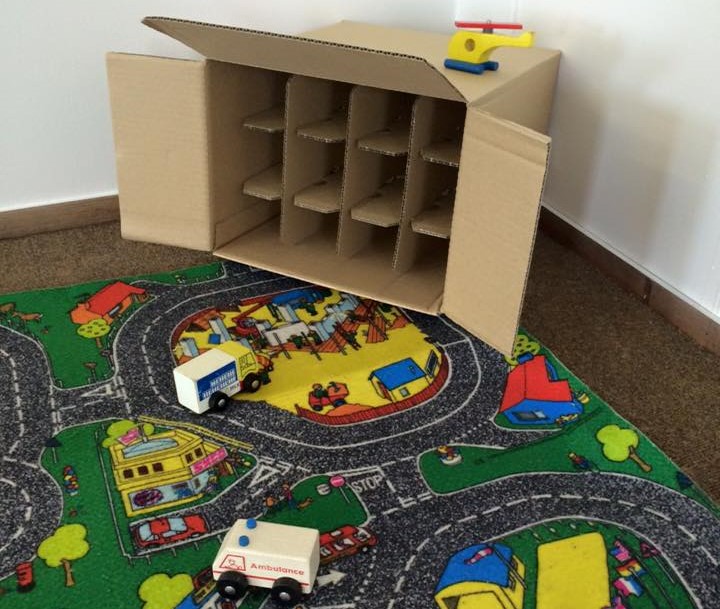 It was lovely to see how excited our Little Peep group was, to get back to finding out 'What’s in the bag?'! The red bus and the rowing boat still seem to be their favourite finds, and we sang a rousing version of ‘Wheels on the bus’.
It was lovely to see how excited our Little Peep group was, to get back to finding out 'What’s in the bag?'! The red bus and the rowing boat still seem to be their favourite finds, and we sang a rousing version of ‘Wheels on the bus’. 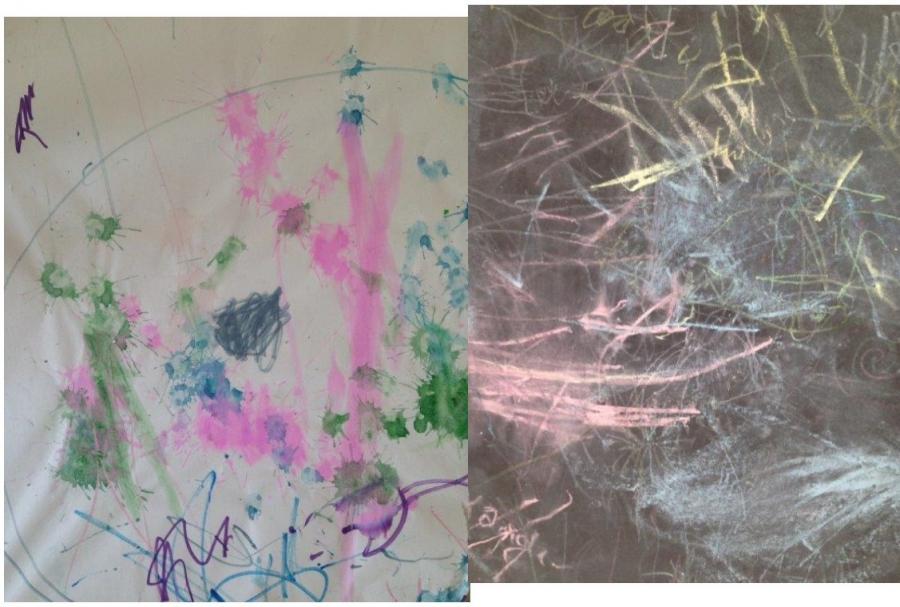 We enjoyed a great session making marks: we taped black and white paper to the floor and let the children explore coloured chalks on black paper and paint dobbers on white paper. The results were wonderfully expressive, lively and colourful. We were surprised how long they spent swirling, scribbling, writing and drawing. Some of our younger children spent a long time making dots and curves, while one or two of our three year olds made a mixture of straight lines and curves which begin to mimic first letters.
We enjoyed a great session making marks: we taped black and white paper to the floor and let the children explore coloured chalks on black paper and paint dobbers on white paper. The results were wonderfully expressive, lively and colourful. We were surprised how long they spent swirling, scribbling, writing and drawing. Some of our younger children spent a long time making dots and curves, while one or two of our three year olds made a mixture of straight lines and curves which begin to mimic first letters.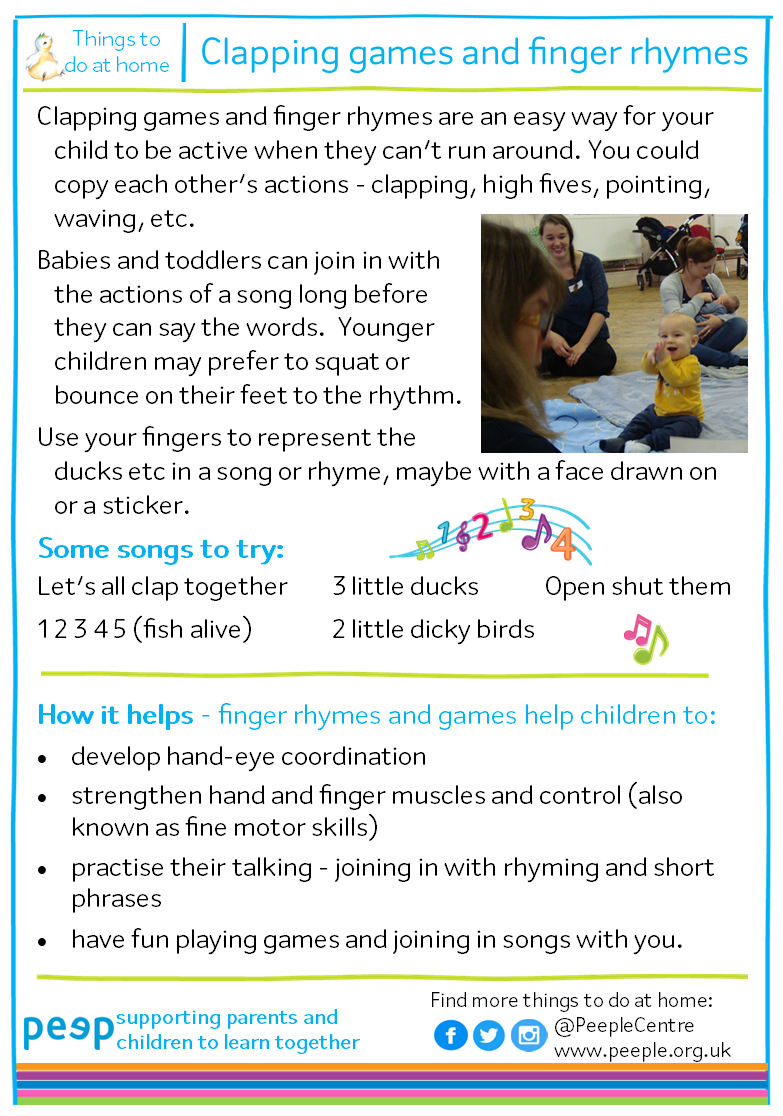 Counting, shapes, patterns, routines and everyday maths language
Counting, shapes, patterns, routines and everyday maths language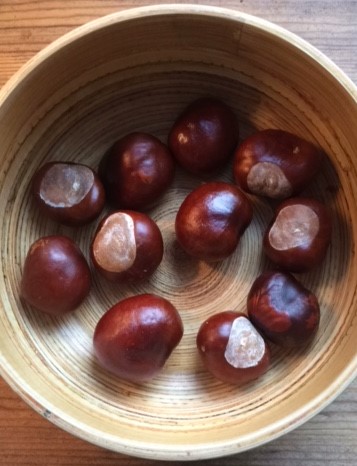 It’s a great time of year for picking up apples and spotting squirrels. We have been taking advantage of the late summer sun to be outside on a treasure hunt looking for squirrels, hedgehogs, autumn leaves and conkers. ‘Pick up a conker and put it in the basket’ is a great song to make tidying up fun – you can substitute conkers for anything else!
It’s a great time of year for picking up apples and spotting squirrels. We have been taking advantage of the late summer sun to be outside on a treasure hunt looking for squirrels, hedgehogs, autumn leaves and conkers. ‘Pick up a conker and put it in the basket’ is a great song to make tidying up fun – you can substitute conkers for anything else!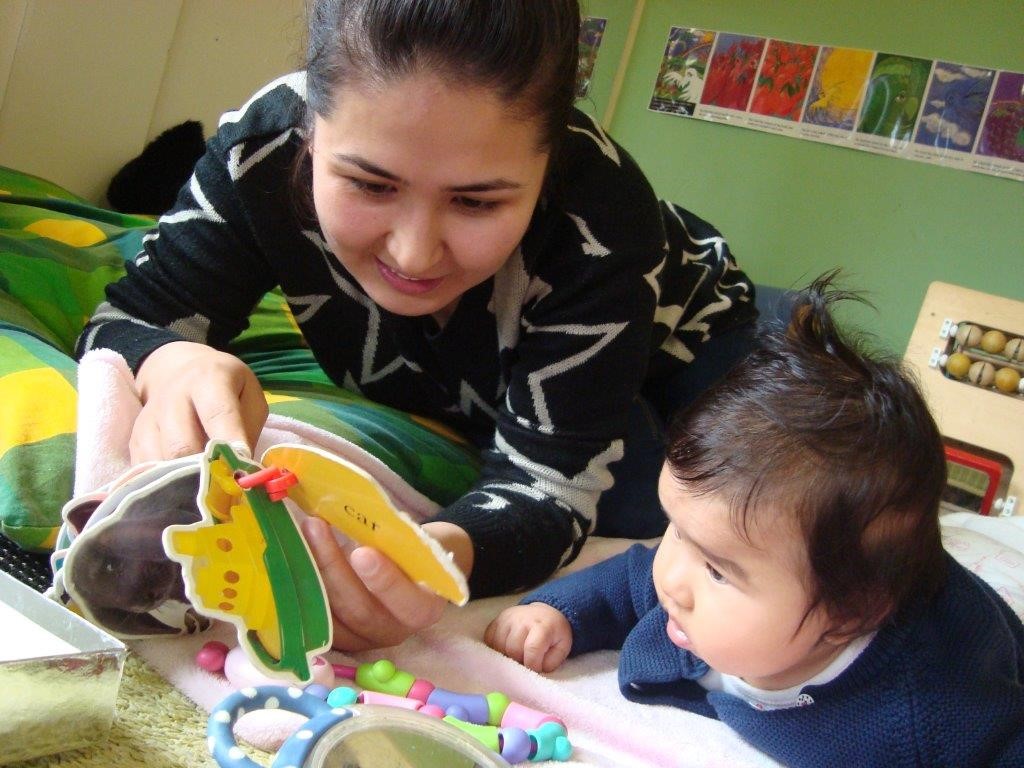 Our baby groups visited their local library this month. Not only can babies and children borrow up to 20 books, there are regular events for little ones to enjoy. It’s a great outing, there's an enormous range of books out there to be enjoyed, and it’s free!
Our baby groups visited their local library this month. Not only can babies and children borrow up to 20 books, there are regular events for little ones to enjoy. It’s a great outing, there's an enormous range of books out there to be enjoyed, and it’s free! 